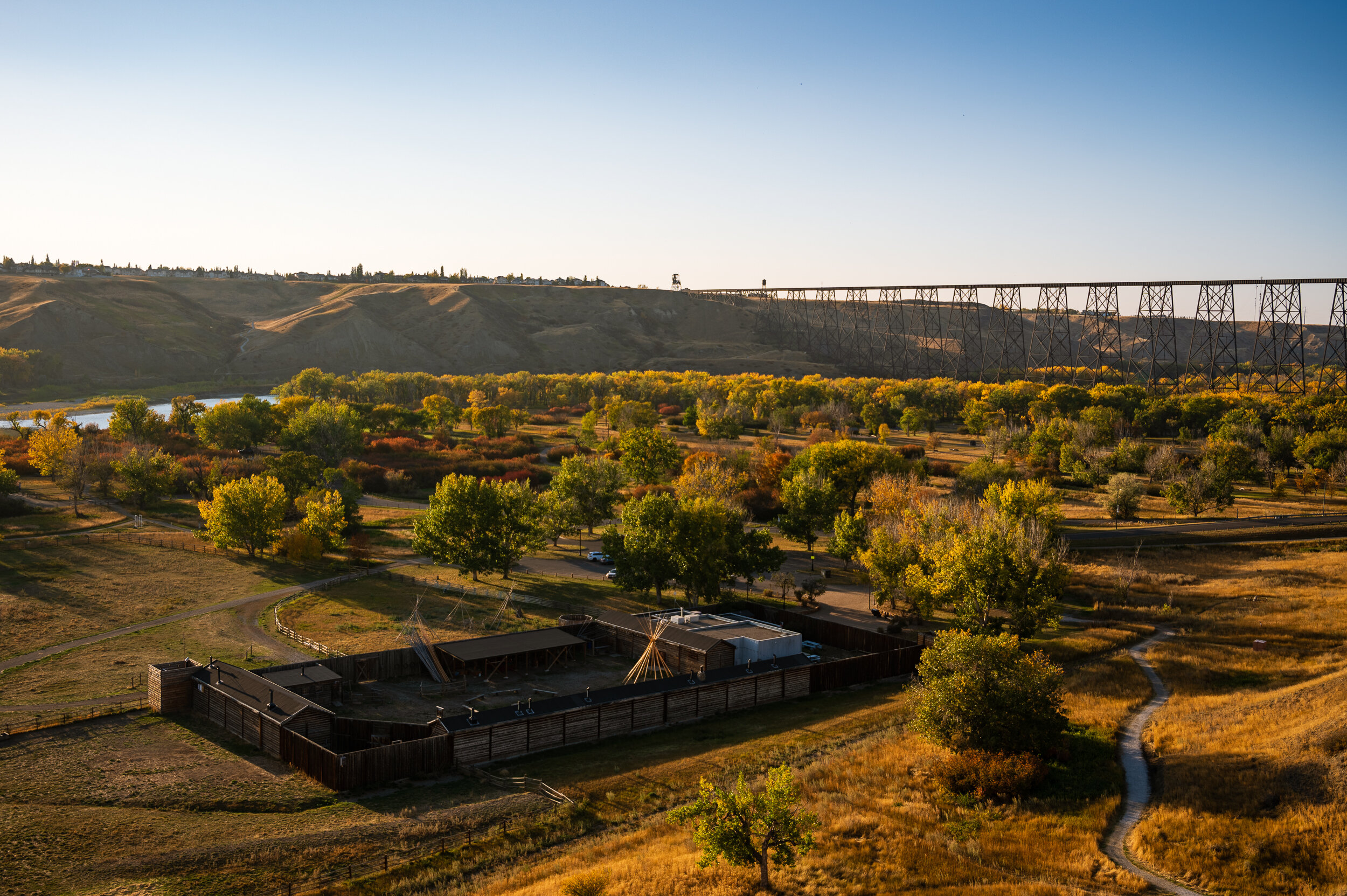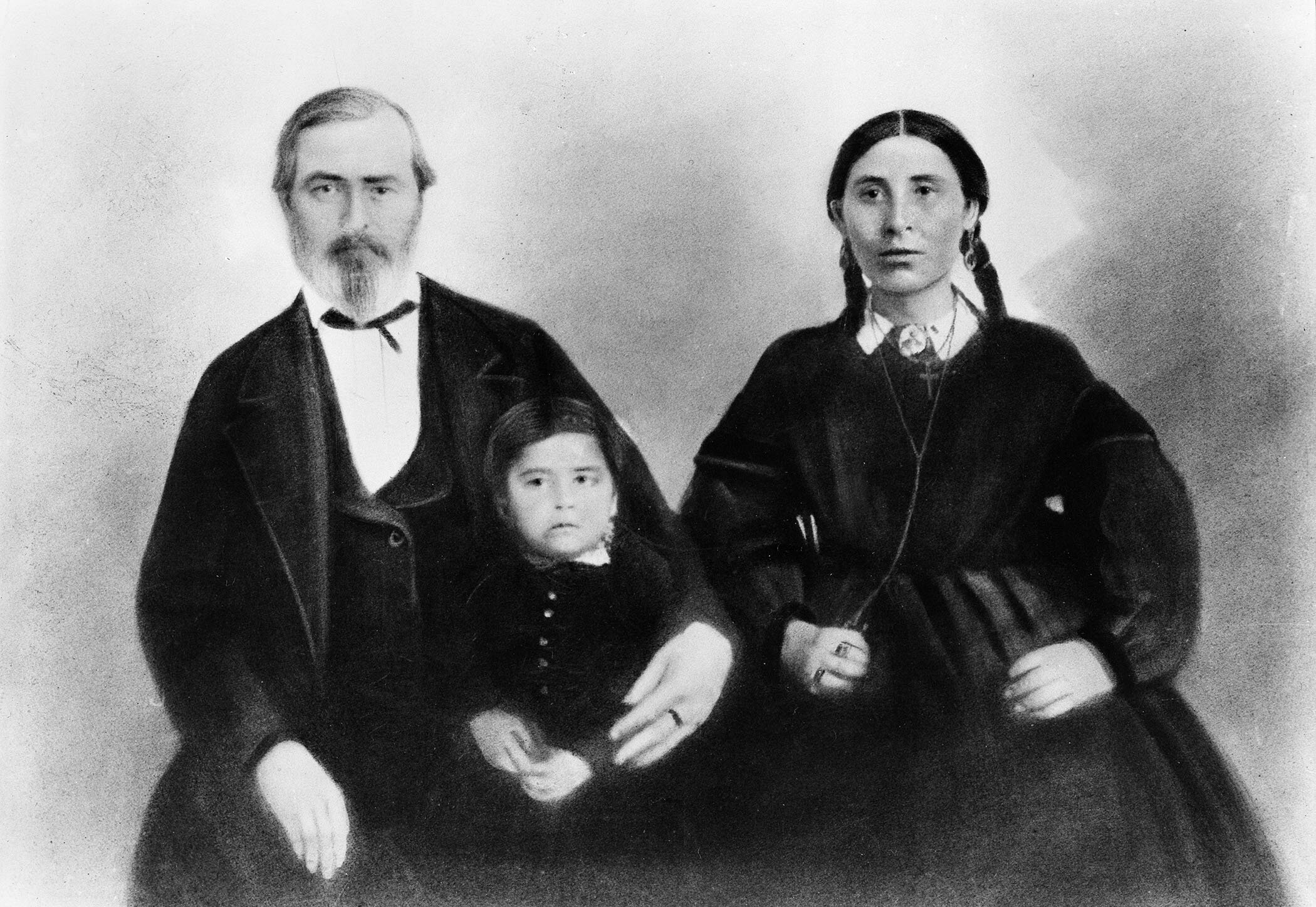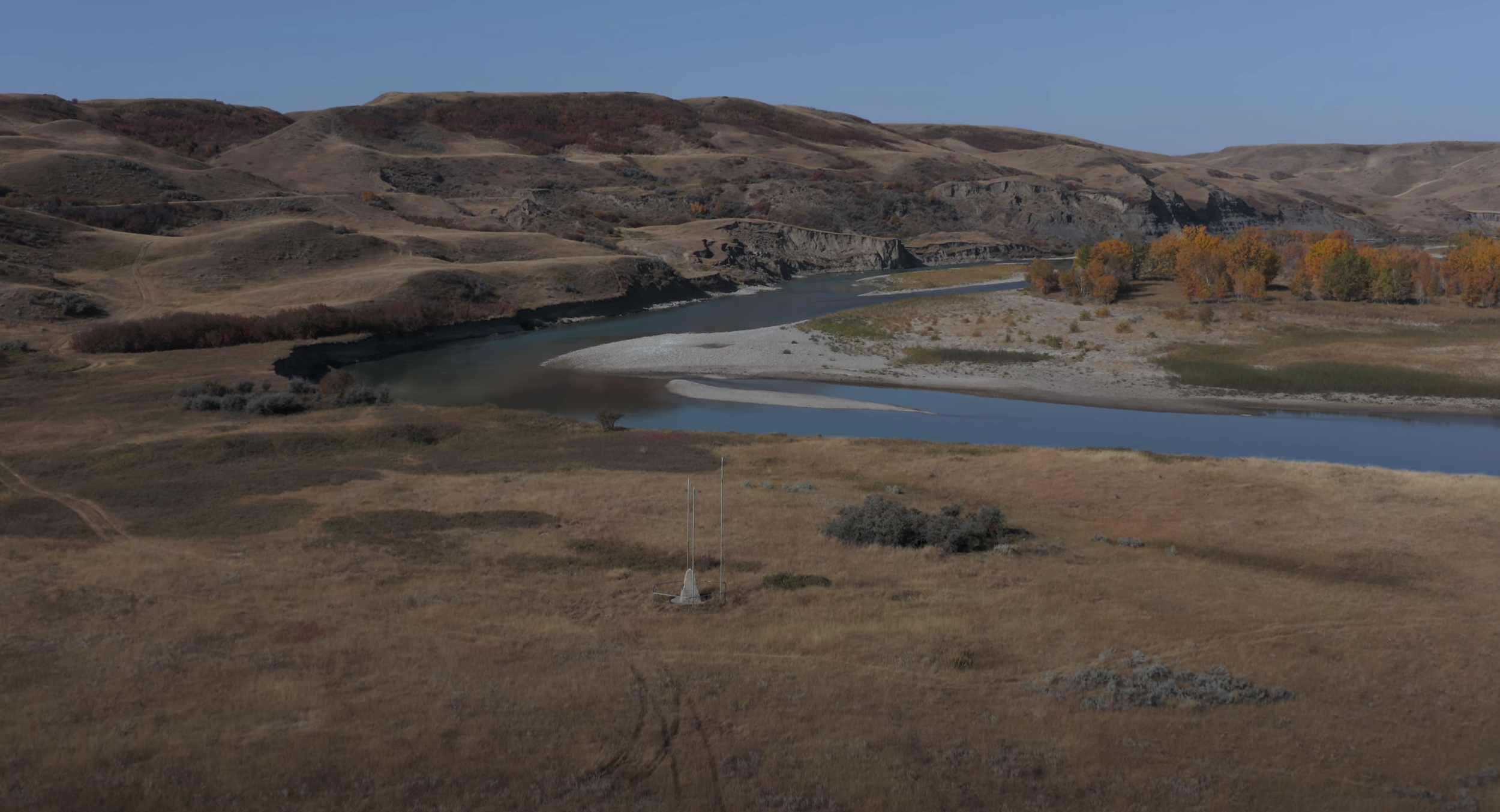Christmas at the Fort
What would visitors at both the modern-day replica and the original Fort Whoop-Up have seen and experienced during the holiday season?
What would visitors at both the modern-day replica and the original Fort Whoop-Up have seen and experienced during the holiday season? Join staff as they explain what historical and modern Christmas experiences at the fort included! From community feasts hosted by Joe Healy to hand-dipping wax candles and making Christmas crackers.
The Galt is grateful to the subject-matter experts delivering online content. As local professionals and knowledge experts, these presenters add valuable contributions to the local discourse; however, their ideas are their own. The people featured in the videos and those behind the scenes followed best practices to protect their health and safety.
Wolfers
On a winter's day in 1873, Canadian Donald Graham found himself in an armed standoff with a man remembered now only as “The Bigheaded Dutchman.”
An unidentified person in chaps holding a wolf skin, circa 1920–1925.
Galt Museum & Archives, 19961009052.
On a winter's day in 1873, Canadian Donald Graham found himself in an armed standoff with a man remembered now only as “The Bigheaded Dutchman.” Both men had guns drawn as they faced off over a pile of dead wolves. Just the day before, Graham had been safe at Fort Whoop-Up where he, like so many others, had come to conduct trade with the local Niitsitapi, Blackfoot.
These were the last days of the bison that still roamed the Great Plains millions strong, and the wolves followed the herds by the hundreds. The market for wolf pelts was booming in the 1870s. Almost 30,000 skins were transported out of southern Alberta at the height of the boom. The people who delivered them were known as “wolfers.”
They were considered to be a “rough lot,” and were looked down on by many people. Wolfers would create a six-mile circuit along which they would leave several bison carcasses which they poisoned with strychnine. The animals who ingested the strychnine would experience muscular convulsions before finally dying of asphyxia. The wolfers would ride back along their circuit and collect the bodies of the poisoned wolves. A baited bison carcass might deliver 20 or more wolves at a time and a wolfer could collect hundreds without breaking camp.
Graham was no wolfer, but when word came that some wolfers near the Bow River had been interrupted and left behind a haul of about forty dead wolves, he took a chance and partnered with the Dutchman to collect the skins. The disagreement allegedly started when Graham caught the Dutchman taking more than his fair share from the haul. That day the Dutchman lowered his weapon first, though he warned he might have shot Graham in the back later had he been a different man. For the risk he took, Graham earned as much as $2.50 a skin.
Graham’s story is recorded in Firewater by Hugh Dempsey. You can learn more about early traders and the animal pelt trade in the late 1800s at Fort Whoop-Up in our selection of books about Fort Whoop-Up.
Niitsitapi and Epidemics
The Niitsitapi, or Blackfoot people, have been hit repeatedly by epidemics. Rebecca Many Grey Horses shares her research about the impact of smallpox, measles, scarlet fever and the Spanish flu.
The Niitsitapi, or Blackfoot people, have been hit repeatedly by epidemics. Rebecca Many Grey Horses shares her research about the impact of smallpox, measles, scarlet fever and the Spanish flu.
Learn more about the Spanish Flu Pandemic in southern Alberta in our online exhibit Pandemic at Home: The 1918–1919 Flu.
The Galt is grateful to the subject-matter experts delivering online content. As local professionals and knowledge experts, these presenters add valuable contributions to the local discourse; however, their ideas are their own. The people featured in the videos and those behind the scenes followed best practices to protect their health and safety.
Ákáí’nissko (Many Deaths Place)
Niitsitapi used the area at the junction of the St. Mary and Belly, or Oldman, Rivers as a winter camp. The site was located along part of a traditional migration route known as the Old North Trail. It was known as Ákáí’nissko (Many Deaths Place).
The Milky Way from Cottowood Park in Lethbridge looking west toward the location of Ákáí’nissko and the original site of Fort Whoop-Up.
Photo by Graham Ruttan
Niitsitapi used the area at the junction of the St. Mary and Belly, or Oldman, Rivers as a winter camp. The site was located along part of a traditional migration route known as the Old North Trail. It was known as Ákáí’nissko (Many Deaths Place) after a smallpox epidemic in 1837 killed up to two-thirds of the Blackfoot people and was marked by many closed stone rings.
When tepees are set up, the base of the tepee is secured and protected from the wind by piling stones around the circular base of the tepee, with an opening in the ring for the door of the tepee. When people die in a tepee, the ring of stones is closed. The closed stone rings at Ákáí’nissko mark the places where people died of smallpox.
Trail Riders of the Canadian Rockies
Travel Alberta
In early 1870, Kainai leader Aka’kitsipimi’otas (Many Spotted Horses) gave permission to two American free traders, Alfred B. Hamilton and John J. Healy, to set up a trading post in Ákáí’nissko. A photograph taken by William Hook in April 1879 shows tepees to the east of Fort Whoop-Up with the proprietary designs of Aka’kitsipimi’otas.
Hamilton and Healy built a small trading post they initially called Fort Hamilton. This initial building was a simple 60-foot square structure with six rooms. The traders made huge profits in their first season and decided to expand into a larger and more permanent fort. After the first trading season, that initial structure was badly damaged by fire, and the new structure was built a short distance away. The construction of the new fort, which came to be known as Fort Whoop-Up, started later in 1870 and took about two years to complete.
2020 marks 150 years since Fort Whoop-Up was established. You can learn more about the history of the fort at https://fort.galtmuseum.com.
Tepee rings near Carmangay, Alberta.
Robert Strusievicz on Flickr
Finding Fort Whoop-Up
Much more of the story of Fort Whoop-Up has been lost to time, people and natural events.
Drone footage of the cairn and empty flag poles at the original site of Fort Whoop-Up.
In the fall of 2012, the exhibit at the Galt Museum & Archives Uncovering Secrets: Archaeology in Southern Alberta highlighted 15 sites and features, telling human stories found under the soils and across the landscape of the area, including the original Fort Whoop-Up.
By the late 1800s, buffalo hides used for warm coats and strong industrial belts became the major item of trade on the western plains. Between 1869 and 1874, there was no official Canadian presence preventing American traders from building Fort Hamilton and then, after Fort Hamilton burned down, from building Fort Whoop-Up nearby. There was no official presence preventing them from trading whiskey, guns, knives, blankets, beads, and food items with the Niitsitapi, or Blackfoot, in exchange for valuable bison robes.
With the arrival of the North West Mounted Police (NWMP) in 1874, most of the whiskey traders quit the business. From 1876 until 1888, when a fire destroyed much of the fort, the NWMP rented space to use as an outpost.
The site of the fort was surveyed and excavated by different archaeology teams in the 1970s, the 1980s and the 1990s.
The first team found the remains of a corner bastion, some segments of the original walls, as well as a stone-lined well.
The second team found a stable, a storeroom, and living quarters. They recovered some food-related artifacts and a variety of medicinal bottles used for personal alcohol consumption.
An archaeology team from the University of Lethbridge verified the dimensions of the fort and found charred soil, which confirmed that the 1888 fire had occurred in the NWMP quarters. The team excavated the trade room, uncovering buttons, ammunition, brass beads, and tacks. They also excavated trenches to determine the outline of the palisade surrounding the fort’s compound.
Much of the story of Fort Whoop-Up has been lost. Time literally eats away at items made of leather, wood, and other organic materials. Floods and loooting at the site has removed much of the material evidence of the fort.
Some artifacts related to Fort Whoop-up and other archeological sites are included in the collections at the Galt Museum & Archives at collections.galtmuseum.com.
















Rebecca Many Grey Horses presents an overview of Indigenous history in southern Alberta.